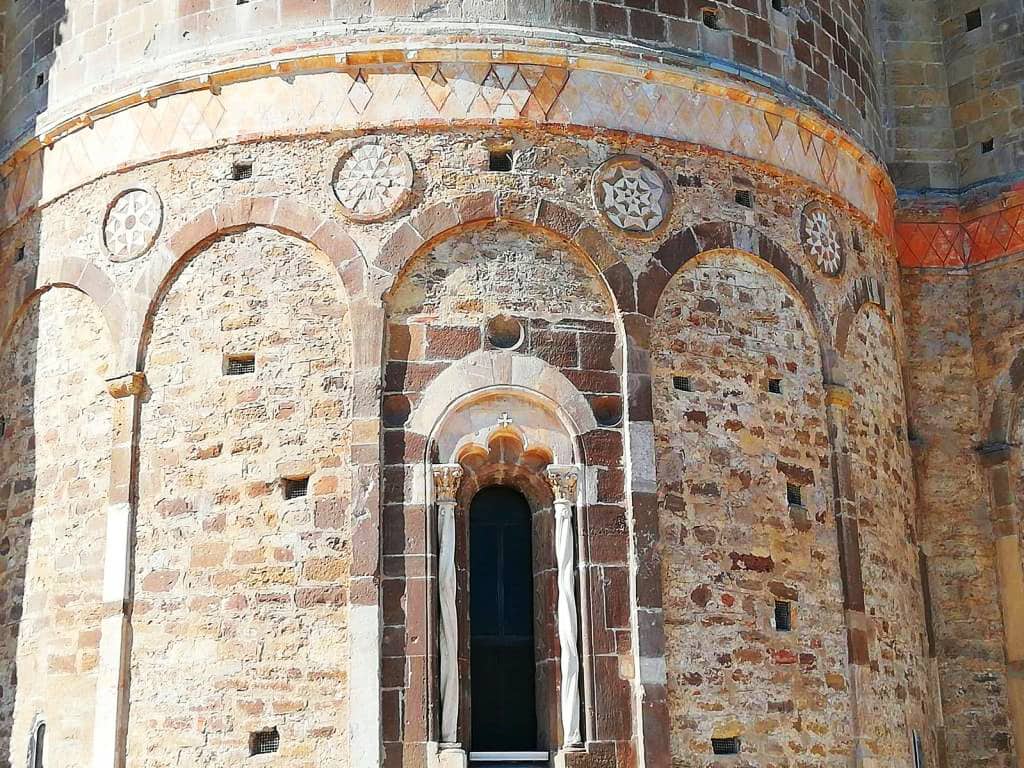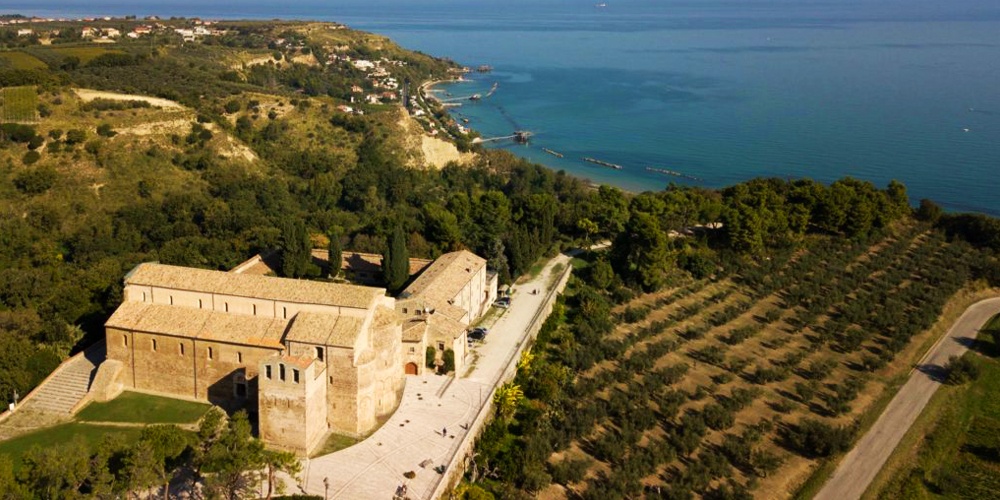The monastic complex of San Giovanni in Venere consists of a basilica and the nearby monastery, both built at the beginning of the 13th century in place of the small pre-existing monastery. The location enjoys a breathtaking view: it is on a hill overlooking the nearby coast for several kilometers to the north and south.
Why St. John in Venus? The origin of the name
Why St. John in Venus? The reason is that the site where the abbey was erected previously was a sanctuary dedicated to the goddess Venus Conciliator, a sanctuary so ancient whose construction dates back to a period before the Augustan age. The pagan worship of the temple was later replaced by Christian worship in about the 8th century, with the reuse of the temple in Catholic church by the Benedictines. Tradition has it that in 543 A.D. the hermit monk Martin took the Benedictines to "Fossa Ceca", near the headland by the sea, and settled there. The church was first dedicated to St. Benedict, and then to St. John the Baptist in the 11th century.
The only trace of this temple would have remained in the place name Portus Veneris, which designated a landing place at the mouth of the river Sangro in the Byzantine era, remember as a historical fact that the Byzantines controlled the coastal areas of the south until the eleventh century, when they were finally driven out by the Normans.
A second reference to Venus is given by the fact that under the Abbey is located the so-called fountain of Venus, Roman fountain protagonist of one of those very peculiar phenomena where paganism meets Christianity in fact according to a pagan tradition of which there are traces even until the mid-twentieth century, women who wanted to conceive a child went to draw water gushing from it.
The history of the Abbey of San Giovanni in Venus

In the 12th century the abbey reached the height of its splendour. In 1165, the abbot Oderisio II of Collepietro - Pagliara began work on the construction of the new church and a much larger monastery. If the church is the one we still see today, the present monastery is instead only a small part of what must have been around 1200, the period of its maximum expansion.
From the 1950s onwards, a long series of restorations has contributed to the redevelopment of the site. This has grafted on a virtuous process that has found over the years a growing diffusion in the cultural circuits of the Abbey, mentioned for many years now also in UNESCO magazines.
To reach the Abbey we suggest you arrive in Pescara, from there take the train to Lanciano, the duration is 45 minutes, and then with the bus Linea Di Fonzo you will arrive at your destination.
About the author
Written on 14/06/2020



Alessandro Esotico
The abbey of San Giovanni in Venere has a millenary history, before the advent of Christianity was the place of worship of the goddess Venus, in this place you can experience atmospheres that are lost in the night of the centuries. In addition, the Abbey offers a breathtaking landscape.